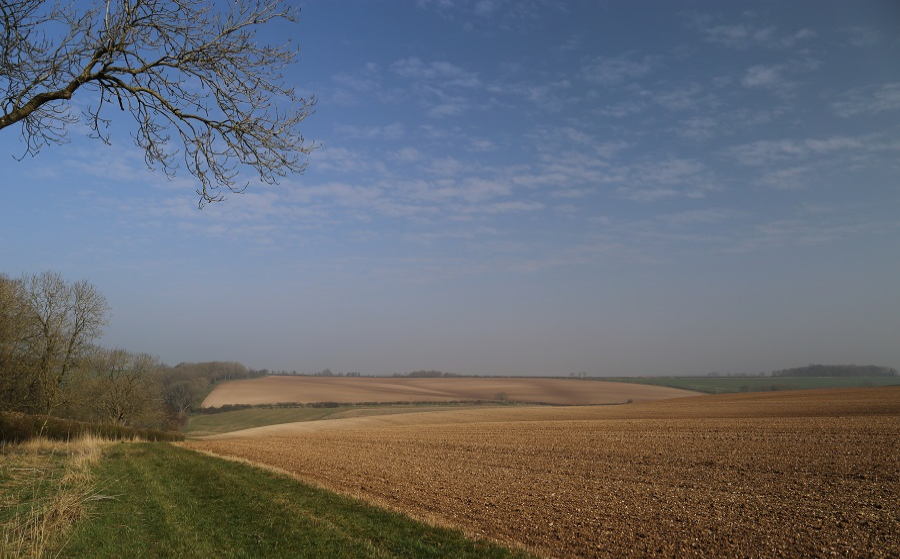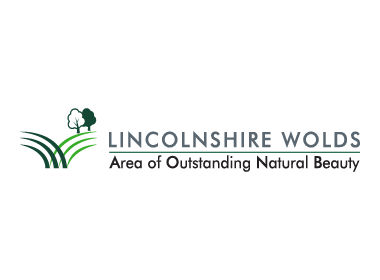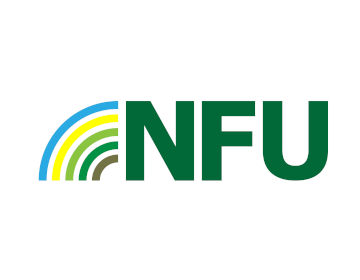Actually, it’s two views. They say that every picture tells a story but, just occasionally, you have to tell the story of the picture and of how a fairly simple picture can contain much more than what may at first seem to be apparent.
The first view is of the landscape itself, shaped by geology and centuries of farming and other industries leading to being declared an Area of Outstanding Natural Beauty nearly 50 years ago. The second is my view that farmers and landowners are central to how an agriculturally productive landscape like the Wolds adopts the new more environmentally based Government policies. Many are already actively responding to that challenge.
National Parks and AONBs in England, as ‘Protected Landscapes’, are delivering support for this change, helping to deliver against the Government’s Agriculture Transition Plan through the ‘Farming in Protected Landscapes’ (FiPL) programme. Running until March 2024, it is a programme of funding from Defra for one-off projects, not an agri-environment scheme. For the AONB, it is being managed through the Lincolnshire Wolds Countryside Service.
Through the programme’s four themes of Climate, Nature, People and Place, farmers and land managers can access funding to carry out projects that support nature recovery, mitigate the impacts of climate change, provide opportunities for people to discover, enjoy and understand the landscape and cultural heritage, or support nature-friendly, sustainable farm businesses.
And so to the view. Taken after a recent visit to a potential FiPL applicant, it captures much of the essence of the Wolds around Scamblesby. Looking north from Rowgate Hill, most of the undulating landscape is arable but with some areas of sheep grazing and woodland; in the foreground is a chalk stream that feeds into the Bain near Goulceby, while there is a blush of red chalk on the lower slopes of the steeper land towards Stenigot.
As such, a typical Wolds view. But the untold story is of farmers and landowners integrating the aims that FiPL is built on into their management of the land. Just within the area of the view, there has been interest in increasing biodiversity through providing kestrel and owl boxes, management of hedgerows, trees and watercourses, helping pollinators and developing ways of monitoring which species use which plants and crops, developing buildings to support camping and glamping and to house a small centre for training in rural skills, and working with an existing cluster of farmers to not only share good practice but to further manage the land to support carbon sequestration, soil health and increasing biodiversity, and do it on a landscape scale.
FiPL is different. As a competitive grant programme, applications must meet national and local priorities and show they provide value for money. Importantly, they need to demonstrate how the application will make a difference to the AONB, so the critical part is not buying a piece of equipment or a service but how it will be used and taken to a wider audience. I said earlier I felt that farmers are responding to the challenges set under the Agriculture Transition Plan. From the evidence so far from FiPL on the Lincolnshire Wolds, that’s certainly the case.




